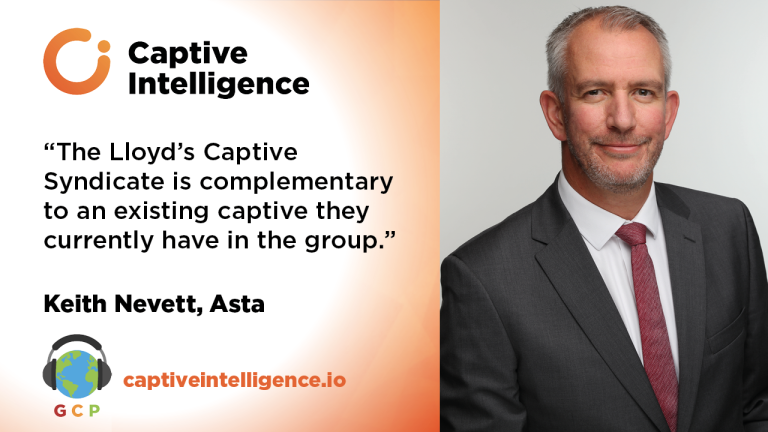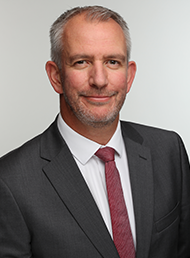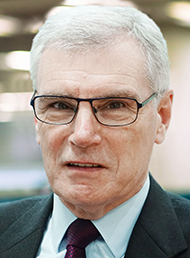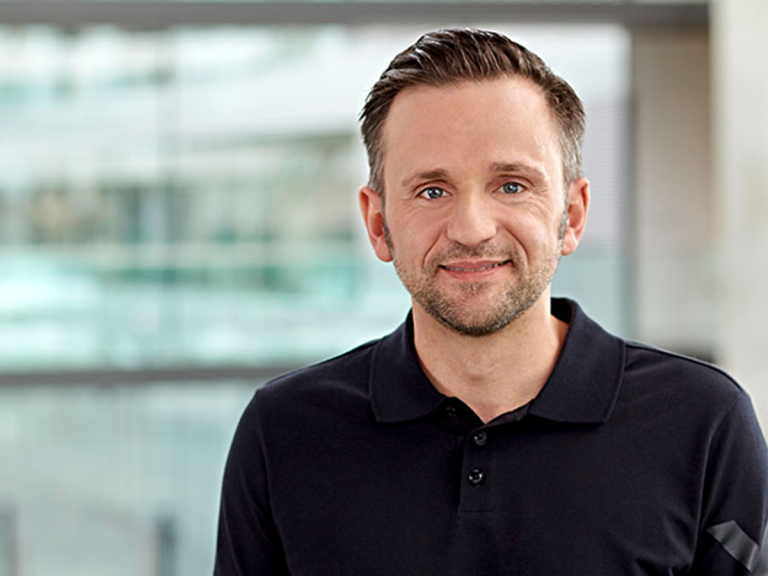AM Best has affirmed the financial strength rating (FSR) of A (Excellent) and the long-term issuer credit rating (Long-Term ICR) of “a” (Excellent) of Cayman Islands-domiciled Palms Insurance Company (Palms).
AM Best has also affirmed the FSR of A- (Excellent) and the long-term ICR of “a-” (Excellent) of Delaware-domiciled Palms Specialty Insurance Company (Palms Specialty).
Both companies are owned by NextEra Energy Capital Holdings, which, in turn, is owned by NextEra Energy (NextEra). The outlook for all ratings is stable.
Palms is a single-parent insurer, providing specialised direct and assumed property, casualty, workers’ compensation, automobile liability and employers’ liability coverages to NextEra and his affiliates.
Palms Specialty was formed in 2022 as a specialty insurer focusing on the US E&S lines accounts, providing coverage for specialty property, professional lines and other specialty lines with manageable gross limits.
The ratings of Palms reflect its balance sheet strength, which AM Best assesses as strongest, as well as its adequate operating performance, neutral business profile and appropriate enterprise risk management (ERM).
The ratings of Palms Specialty reflect its balance sheet strength, which AM Best assesses as very strong, as well as its adequate operating performance, limited business profile and appropriate ERM.
The very strong balance sheet assessment is based on Palms Specialty’s supportive risk-adjusted capital that meets AM Best’s guidelines for newly formed organisations.
AM Best expects that Palms Specialty will continue to maintain supportive risk-adjusted capital levels throughout its start-up phase, based on balance sheet projections provided by Palms Specialty’s management.
The ratings agency assesses Palms Specialty’s operating performance as adequate, based on its clear business plan and income statement projections that contemplate a level of implementation and execution risk for a newly formed entity.
AM Best views Palms Specialty’s business profile as limited, given the execution risk associated with a start-up entity and the degree of competition in its selected market.
This risk is mitigated by the management team’s experience in the targeted business class, along with the parent company’s brand and record of success.
Negative rating action could occur if Palms Specialty’s actual operating performance or balance sheet strength materially differ to the downside from its initial business plan.












